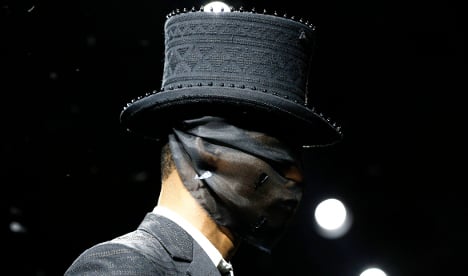Dick Owens #rickowens pic.twitter.com/KsyTYQ66CP
— Ramona Tabita (@ramonatabita) January 22, 2015
#Models are superhuman…Fact! As proven at the #Rynshu #PFW15 show! All the looks online: http://t.co/c6whQDpwiG pic.twitter.com/eA97fvlNT1
— NOWFASHION (@NOWFASHION) January 25, 2015
Line-up at today’s Dior Homme Winter 2015|2016 fashion show. #PFW #DiorHomme pic.twitter.com/proXkTiIWg
— Dior (@Dior) January 24, 2015
.@LewisHamilton at yesterday's the #LouisVuitton Men's #LVFall Show from @mrkimjones pic.twitter.com/2SktkxkjS5
— Louis Vuitton (@LouisVuitton) January 23, 2015
Paris Fashion Week Juun J AW15 Collection. Keeping with the Khaki & Black colours. pic.twitter.com/tUvauQihtn
— Reservoir My Fashion (@MyReservoir) January 25, 2015




 Please whitelist us to continue reading.
Please whitelist us to continue reading.